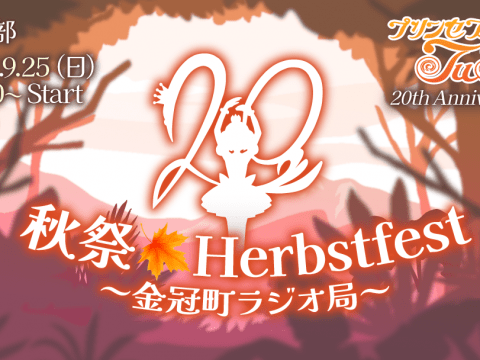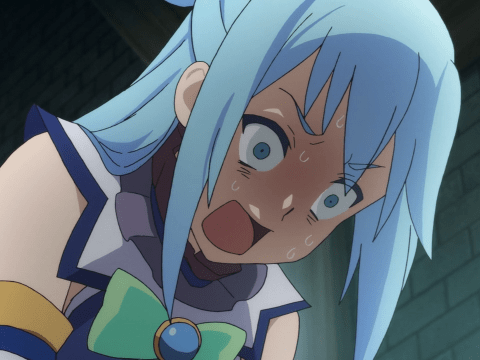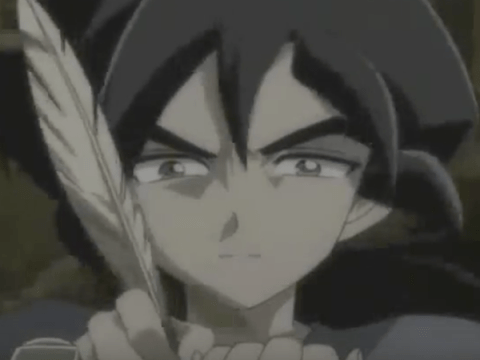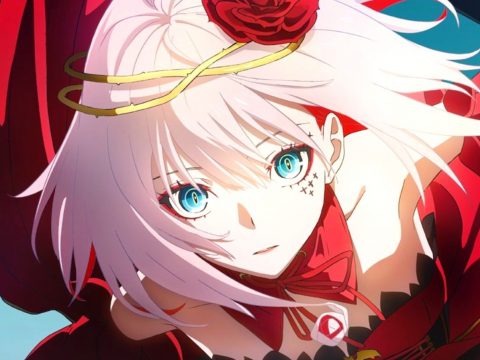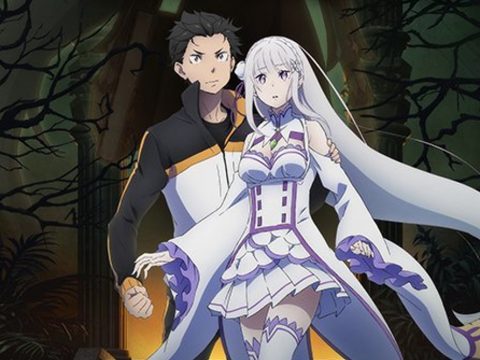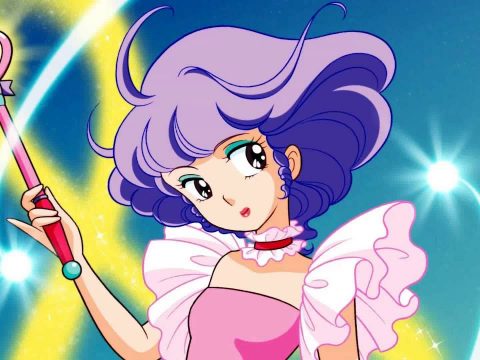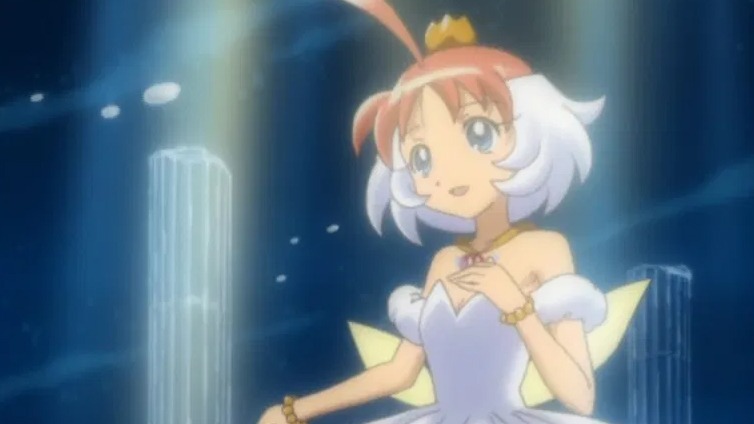
Back in 2002, a duck named Duck danced onto the scene in Princess Tutu. The magical girl show, about a humble waterfowl turned ballerina, was missed by many, but loved by lots. As soft as the title was, it was a heavy hitter in its own genre.
Almost 20 years later, it’s time for a well-deserved look back. Because if you’re a magical girl fan of any level, this show belongs on your radar — and not just because Sailor Moon‘s Ikuko Itoh made it happen! Not only is it a turning point thematically, it’s also next-level in terms of its creation.
The Meta
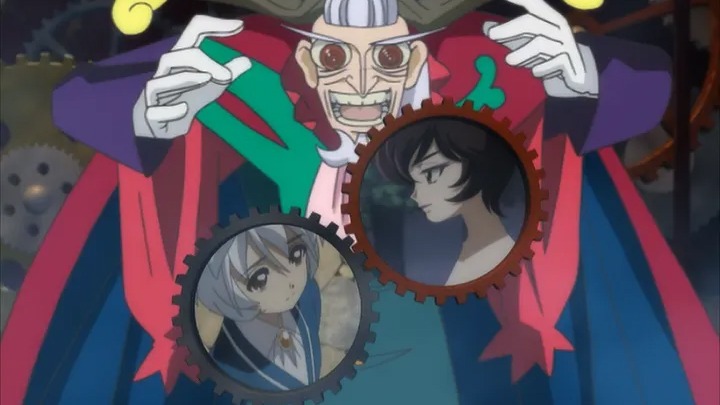
First and foremost, Princess Tutu is a very metatextual show. And not just in terms of references. Think Dark Tower, or “Five Characters in Search of an Exit.” One of the pivotal characters in the series (as you learn in the first few episodes) is Drosselmeyer, a mad writer who somehow controls the world of the series. How that control works gets explored much later on — but suffice to say, these darlings aren’t especially keen on being killed.
Drosselmeyer picks a humble duckling to take on the role of Princess Tutu, an existing character in his fairy tale. Duck’s role is to find the missing pieces of the cursed prince Mytho’s heart; but when she fins out Princess Tutu’s actual role in the book, things get complex. And then there’s the fact that, regardless of what Drosselmeyer thinks makes a “good story,” other characters have wants and needs they are intent on pursuing.
The Beauty of the Dance
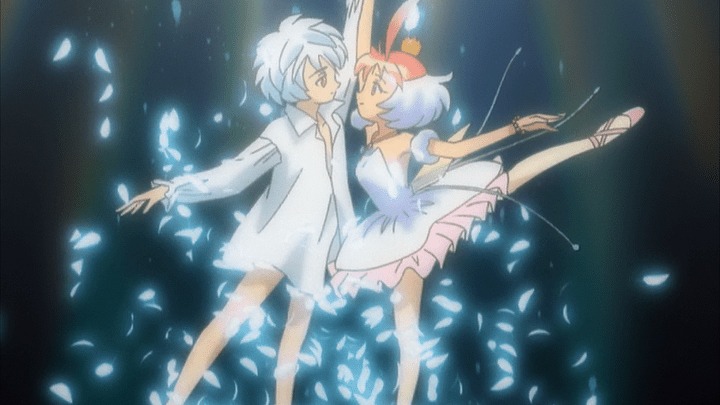
There’s nothing more beautiful than an anime that doesn’t have to go the extra mile, but does. The hyperrealism of Vivy and the gorgeous backgrounds of Castle of Cagliostro, for example. In the case of Princess Tutu, some very on-point (as it were) dancing scenes.
The series takes place partly at a ballet school, but full in a world where both emotions and magic are conveyed via dance. And the animators cut no corners. The staff studied actual dancers to get their movements as accurate as possible. How accurate? The characters even “spot”: a technique where ballerinas fix their eyes on a point for as long as possible while executing a turn, with their head being the last thing to turn to minimize dizziness. Anime characters don’t get dizzy. They just went that hard for the accuracy.
A Dark Turn
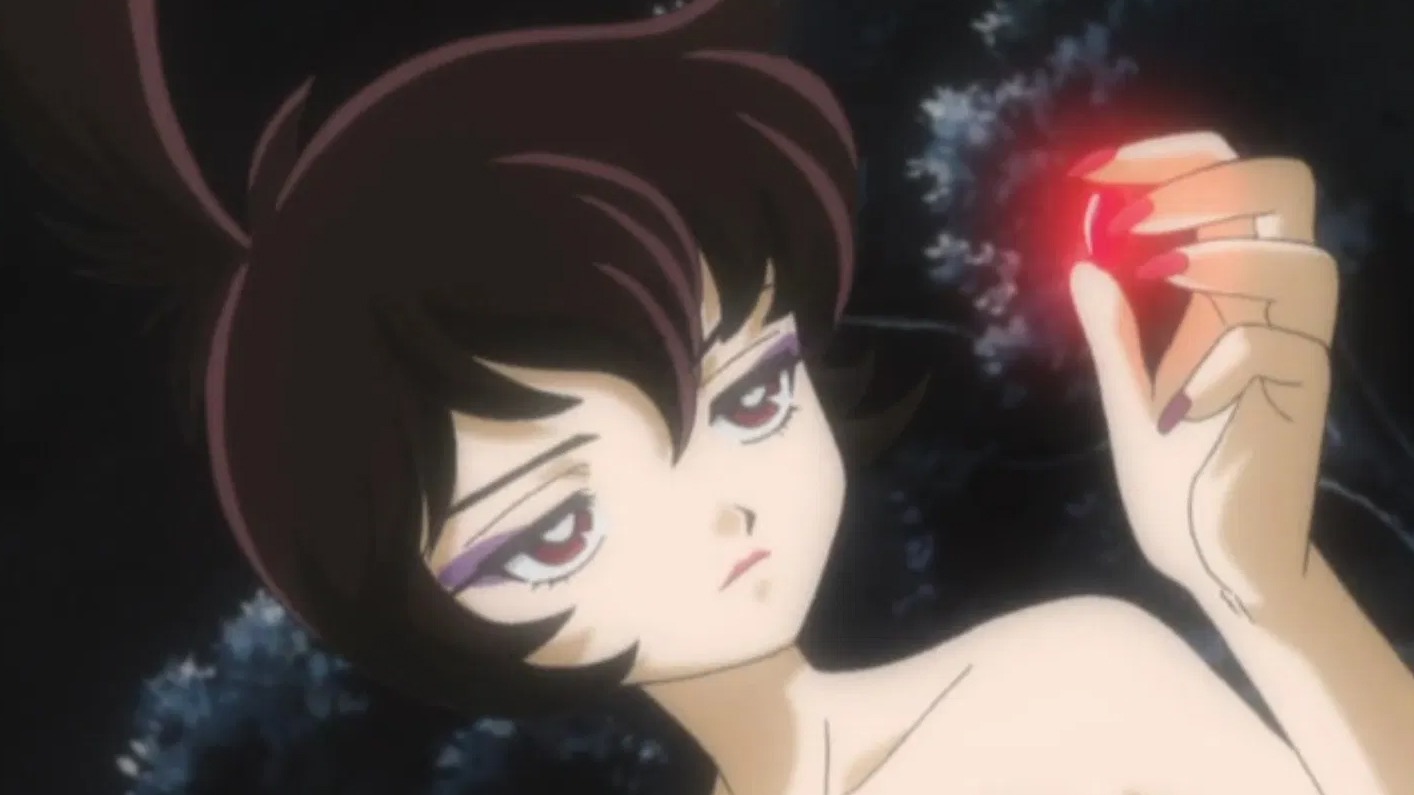
The early- and mid-2000s marked a notable trend toward darker magical girl anime. That trend up eventually resulted in 2011’s Madoka Magica. While darker subject matter has always been around in magical girl anime, Princess Tutu was at the forefront of this particular run. Alongside fellow 2002 series Full Moon o Sagashite, it inserted grimmer story beats and explored a story that, for some characters, seemed to have no happy ending in sight.
The result was a story with much less black-and-white morality, as well as some interesting heel (and face) turns as the show went on. Even so, the finale — slight spoiler alert — is simultaneously bittersweet and uplifting.
If you’ve not seen Princess Tutu before, or it’s been a while, be sure to give it a watch!


